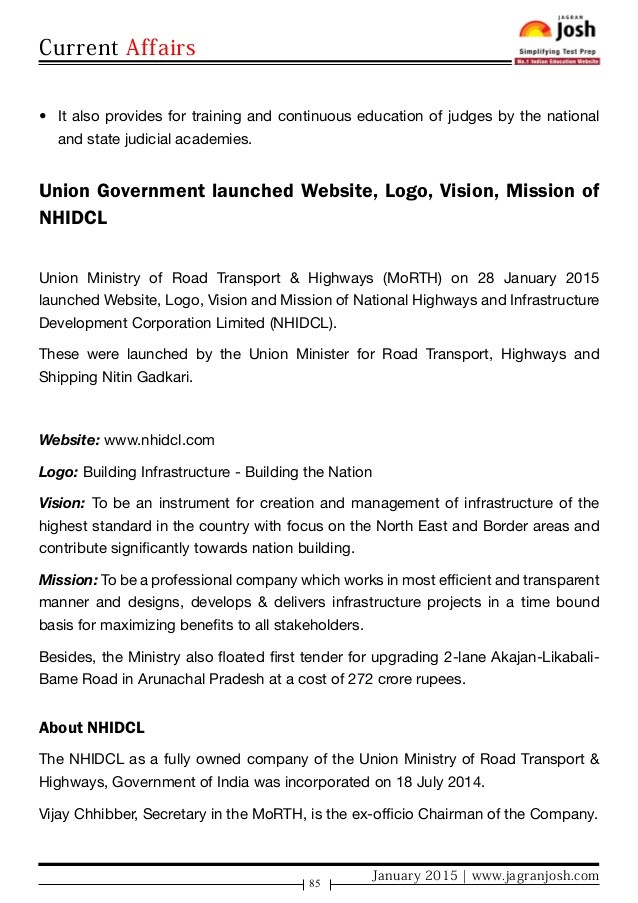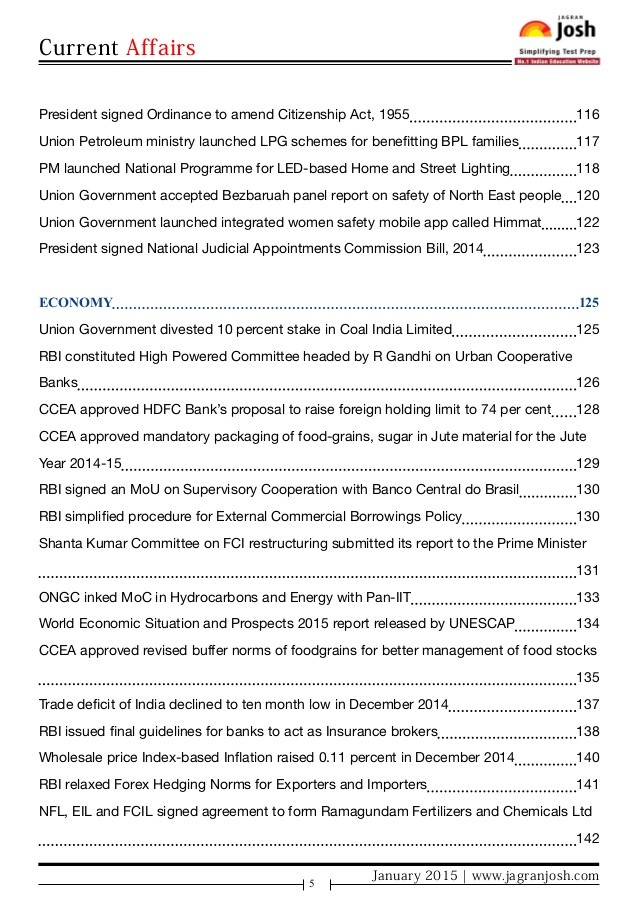Union Budget 2015 Eye on more inflows via single FDI FPI cap
Post on: 9 Май, 2015 No Comment

Other Articles
While private banks are perhaps the biggest gainers from the proposal to club the foreign direct investment (FDI) and foreign portfolio investment (FPI), other sectors such as commodity and power exchanges will benefit most from the government’s proposal to remove the distinction. Also gaining will be credit information companies (CICs), infrastructure companies in security market (such as stock exchanges, depositories and clearing corporations) and asset reconstruction companies (ARCs).
The current norms limit options for companies to raise foreign investment as these sectors have separate sub-caps for FDI and FII/FPI within the aggregate foreign investment ceiling.
Besides giving greater flexibility to Indian companies to seek foreign investments, the new composite foreign investment cap policy move is also aimed at attracting larger foreign investments as they eliminate ambiguity on application of sectoral foreign investment caps, though in some cases this will result in FIIs getting greater play immediately.
However, a government approval would be required if there is a transfer of ownership or control of Indian companies from resident Indian citizens to non-resident entities. The Budget proposal says the sectors which are on a 100% automatic route will not be affected by the new norm. However, in sectors where 100% FDI is permitted, the FII/FPI limit can also touch 100% due to the policy change.
In the case of private banks, within the prescribed aggregate foreign investment limit of 74%, the FII/FPI/QFI investment is limited to a maximum of 49% of the total paid-up capital.
Also, in power and commodity exchanges as well as infrastructure companies in security market, within the overall 49% foreign investment ceiling, there is a sub-ceiling of 26% for FDI and 23% for FII/FPI. In case of CICs, though there is a composite cap of 74%, the FII/FPI investment is capped at 24%.
In his July 2014 Budget speech, finance minister Arun Jaitley had made the first step towards a composite foreign investment cap policy when he proposed to hike foreign investment in defence and insurance from 26% to 49% with such a composite ceiling.
The UPA regime had also tried to remove the ambiguity on what is FDI and FII. In the FY14 Budget, it was proposed that in order to follow the international practice, a broad principle was being brought out where an investor having a stake of 10% or less in a company will be treated as FII and an investor having an over 10% stake will be treated as FDI. A panel was then set up to examine the application of this principle.

The new policy in the FY16 Budget move is also aimed at projecting to the world that India is attracting larger foreign investments because from now on the official foreign investment data will include both FDI and FII/FPI, official sources said.
Currently, in the foreign investment data, only FDI is taken into account and not FII/FPI. FDI inflows in the April-December period of FY15 was $21.04 billion, up 27% from the year earlier. As per the recent Economic Survey, the net FII/FPI inflow was $32.9 billion in April-December of FY15.
India had seen FDI inflows of $24.3 billion in 2013-14 and the highest FDI it has attracted in any fiscal so far was just $34.8 billion in 2011-12.
As per the UNCTAD’s world investment report 2014, in terms of FDI that countries attract in a calender year, India (with $28 billion in 2013) was way behind the US ($188 billion), China ($124 billion), Russia ($79 billion), Hong Kong ($77 billion), Brazil and Singapore ($64 billion each).
The UNCTAD report also said India had slipped by a rank to fourth position behind China, the US and Indonesia in the ranking in terms of most-favoured FDI destination. India was the second-most favoured destination in the 2005-08 period and in 2010. The Centre, through many steps to improve ease of doing business, also aims to make the country the top investment destination.














